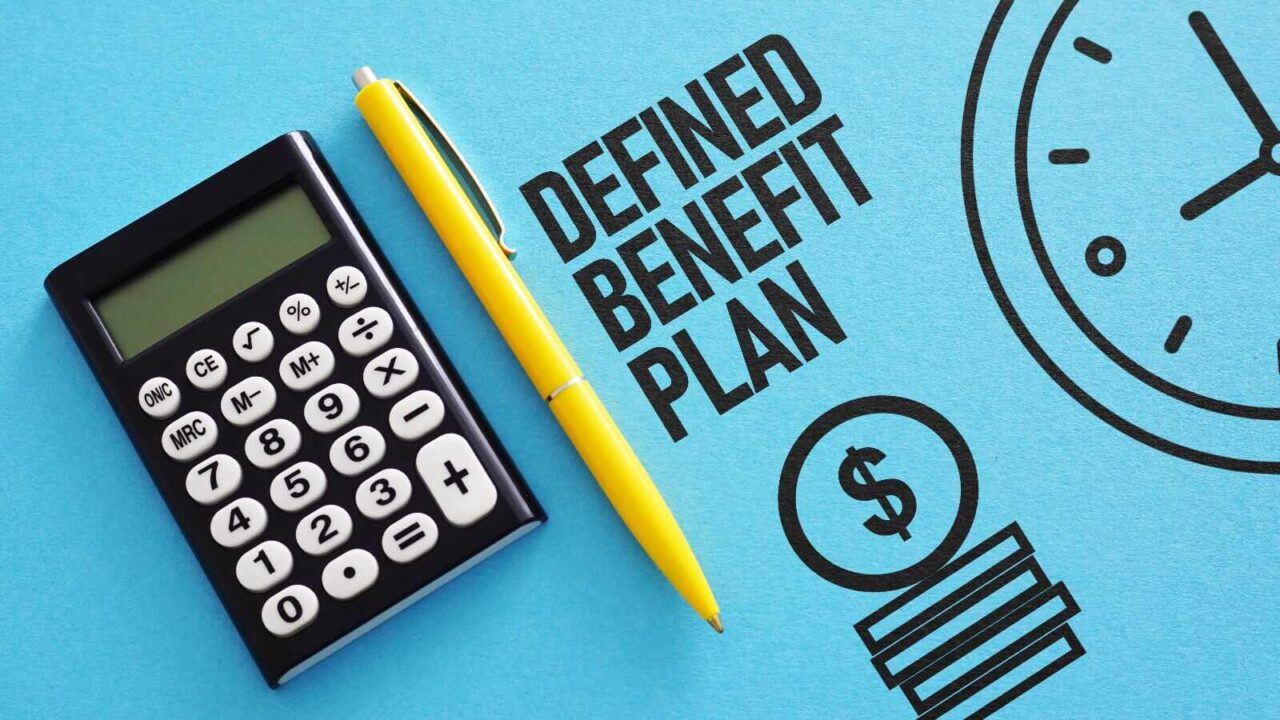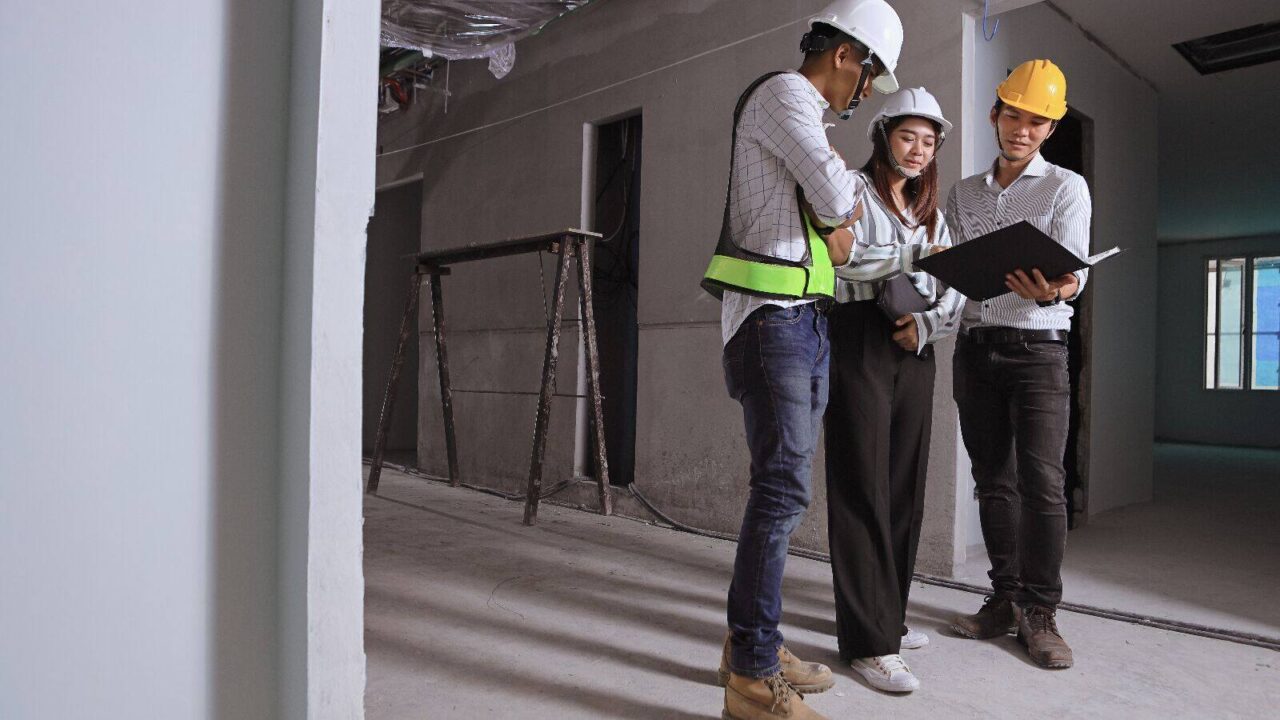
Carry out Successful Projects
Are you ready to finally carry out that dream renovation you’ve been planning for months? If yes, you’ll need all the help you can get including this guide on how to deal with contractors and designers.
From streamlining communication, and aligning goals to tackling any unpredicted challenges, we’ve got you covered.

What Contractors do
Before starting, you need to know what contractors do and their job descriptions. Contractors are responsible for overlooking the entire construction process, ensuring every task is completed in its set time.
From getting the materials to addressing any issues during construction, contractors keep everything organized. Contractors carry out the task of coordinating different tradespeople like plumbers, electricians, etc.

What Designers do
Designers do a quite different job from contractors and it mostly revolves around the aesthetics of a place. Designers will select the materials, finishes, and colors that align with the aesthetics of a project while keeping the practical requirements in check.
Besides decoration, other factors such as furniture and spatial arrangement will fall under a designer’s radar. Designers also tend to advise on current home trends.

Communication
When it comes to dealing with contractors and designers, communication is the key. You don’t want things to get lost in translation.
Therefore make sure everyone is on the same page regarding a house’s layout, design theme, and overall vision. Sharing frequent updates, confirming details, and encouraging feedback are all essential components of successful collaboration.

Initial Meetings
The kickoff meeting will officially put things into play with important topics being discussed. Your contractor and designer should be present to outline the objectives, scope, and expectations of the project.
This meeting can also be used to establish some communication protocols and a procedure for how feedback and updates will be shared.

Defining the Responsibilities
To avoid confusion and overlaps, clearly define the tasks each party is responsible for carrying out. For contractors, their responsibilities will be more focused on sourcing materials and subcontractors while the designers will lay out detailed design plans.
These responsibilities vary from person to person, but the end goal should always be to make things easier for all the parties involved.

Timeline
When it comes to home projects, you need to set definite deadlines. This is important because contractors and designers can easily slack off when there’s no pending responsibility on them.
Share a detailed schedule that outlines all key milestones, deadlines, and phases of the project. Don’t forget to add buffer periods in your project timelines to accommodate any unforeseen accidents and mishaps.

Manage Changes
On paper, everything works out smoothly. However, in real life, you’re bound to face disruptions and there will always be a need for change.
In the face of change, you’ve got two options; either you get tense and mess things up or you can plan and act strategically when a problem arises. Take into account the reason for the change, with details on what needs to be altered, and review the change with your design and construction team.

Documentation
To keep everything in line with the legalities, you need to document all activities and decisions. Detailed records of all the agreements such as contracts, scope changes, and approvals to avoid misunderstanding and review what was agreed in the first place.
You need to regularly update these records and keep both a physical copy and a digital one and make sure they’re easily accessible.

Conflict Resolution
Conflicts between your contractor and designers are inevitable. The important thing is whether you manage these conflicts in a gracious manner or not.
In case a dispute arises, don’t waste any time and act quickly to identify the root cause. Before making any judgment, you need to gather all the relevant information related to the involved parties.

Quality Control
Even though your contractor will already be doing this, it wouldn’t hurt for you to do frequent quality control check-ins and communicate your views on any changes needed.
Don’t forget to stress the importance of meeting desired aesthetics and functional criteria. Set up clear quality control procedures for your contractors and designers to follow and couple them with various review stages.

Safety First
When it comes to designing and constructing a home, people will be dealing with all kinds of equipment and potential hazards. As the overseer of an entire process, it’s also your job to make sure everyone involved is following the set safety procedures.
Inform the designers and contractors about emergency exits and safe access points because nobody knows your home better than you do.

Weekly Site Visits
Recurring meetings to review the project’s progress and discuss relevant issues are important. All the advancement in the projects can be communicated by you to the contractor and designer for a unified approach.
By keeping everyone informed and engaged through regular updates, make sure the final product meets your needs and wants.

Constant Feedback
When dealing with contractors and designers, you don’t need to shy away from giving constant feedback. Such a thing is important to make sure you end up liking everything in terms of both aesthetics and layout.
Note that for a healthy environment, you need to implement two-way feedback. Encourage your contractors and designers to give their input along the way and speak up about their professional preferences.

Set a Budget
Nothing is more important than budget regarding home renovations and construction. An open discussion with your contractors and designers regarding budget constraints and their allocation across different areas will save you future headaches.
You must also set up a cushion amount for unexpected costs and changes during the process.

Design Plans
For a smooth transition between design and construction, your designer needs to share their plans early on. Detailed plans along with drawings, specifications, and material selections should be presented by your designer.
This helps in early reviewing of any possible conflicts between the design aesthetics and practical aspects of construction.

Rennovation Tips
If you’re thinking about renovating your entire home, things are about to get busy and you’ll need all the help you can get. Contact your designers and contractors and get them updated on all the necessary changes that you want to make in the home.
Skim through this piece on “What You Need to Know Before Renovating” for a solid headstart.

Mistakes to Avoid
When teaming up with contractors and designers for home makeovers, you need to steer clear of some common mistakes. For starters, you need to always keep the bigger picture in mind.
When designing a space we often stress upon individual items, totally disregarding the bigger picture. Secondly, even though professional help can streamline the process, you need to do your research about design elements that will beautify your space.
Understanding what works for your home and what doesn’t is a key aspect. For more insights, check out this article on “Mistakes That Make Your Home Look Cheap“.